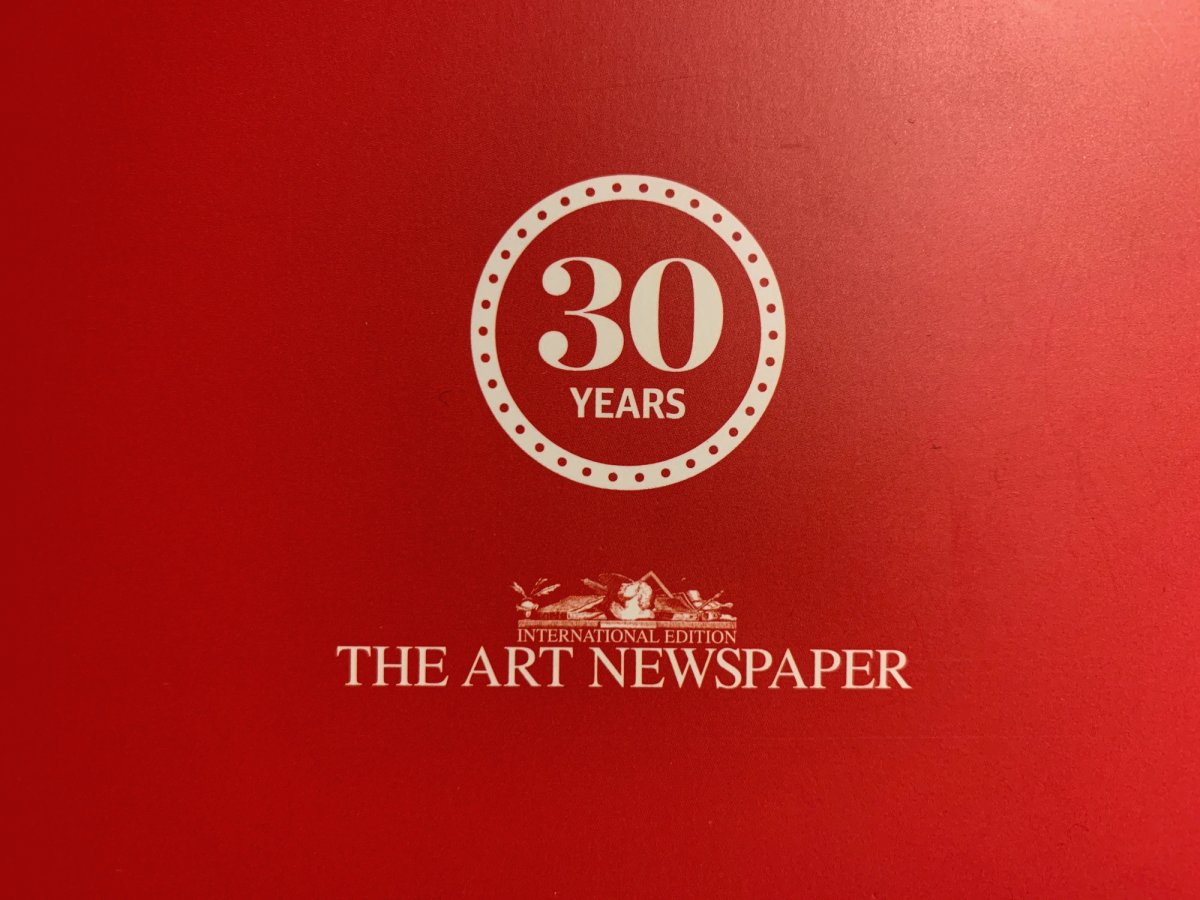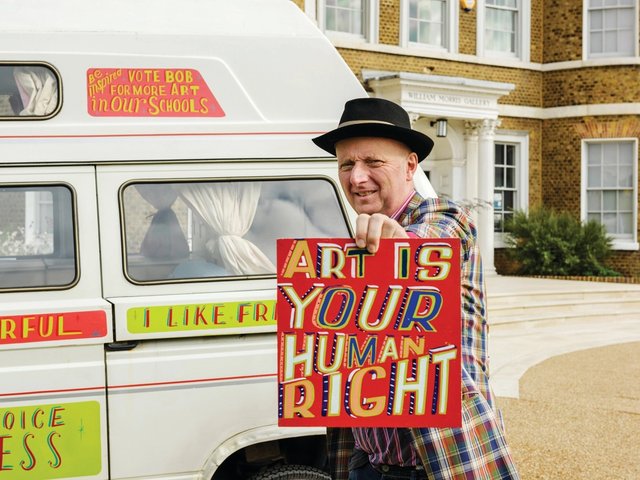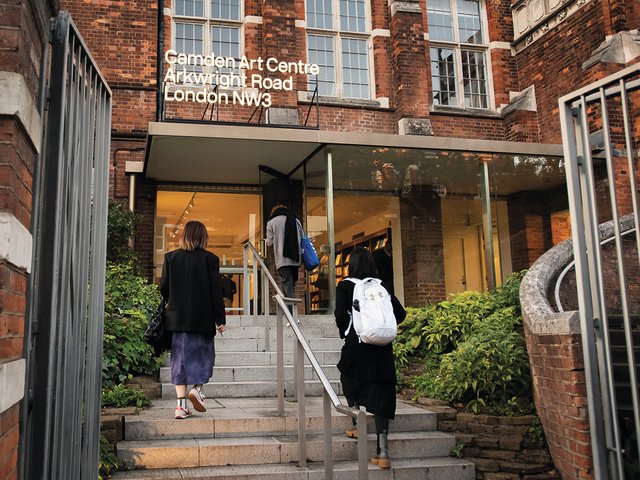As The Art Newspaper begins its 30th year of stimulating life, the burning question of the hour is: will art survive? No, not the practice of art, which is in no danger, and not the art market either, but the word itself, and especially its associate, “the arts”. Here, there is trouble.
In Australia, the arts community is seething at the unexpected decision of the federal government to abolish its arts portfolio. Previously already hyphenated as “The Department of Communications and the Arts”, the word has been swallowed up altogether into the Department of Infrastructure, Transport, Regional Development and Communications. Not much room for the arts there, but in spite of this demotion, I hope some form of public arts responsibility will continue to be borne. We should not forget that US President Donald Trump is determined to abolish America’s National Endowment for the Arts altogether.
Such bureaucratic erasures have real consequences, but they also suggest a discomfort with—indeed, a downright hostility to—the word “art”. This innocent three-letter word, which means no more than skill, has become freighted with all sorts of associations of class, power and snobbery. This is especially true of “high art”, where the adjective says it all. Curiously, it has become necessary to add the prefix “visual” to describe a practice that is there for all to see.
Yet the alternative term, “culture”, is even more open to hostile interpretation. The UK has a government Department for Digital, Culture, Media and Sport (DCMS)—the comma after Digital is important. This is an improvement on its previous name, the Department of National Heritage, which suggested an entirely backward-looking posture, but where does culture begin and end? Yoghurt is a culture, and so is the Tate (and a vigorous culture at that), but it does not get us very far. The initials of the DCMS suggest that sport is not a culture, whereas it most decidedly is closer to what an anthropologist would understand by culture than would an aesthete. The combined term, “arts and culture”, raises questions of discrimination all over again.
Arts Council England (ACE), the non-departmental public body that has responsibility not only for the arts but also for museums and libraries, ran into this problem when preparing its new ten-year cultural strategy, due to begin this year. Its research discovered that “many people are uncomfortable with the label ‘the arts’ and associate it only with either the visual arts or ‘high art’, such as opera or ballet”. This is a facer when the word “arts” has been in your name since 1946. Could it be ACE’s own fault?
ACE appears to be shying away from using the A-word. A meeting of its London Area Council to discuss the draft strategy was told that the word art was “divisive”. To their credit, the arts practitioners at the meeting requested nonetheless that it should be included in the draft strategy. And so it has, though the document seems more comfortable talking about “high-quality culture”.
Having been delayed by the recent general election, the publication of the final strategy is expected later this month. Now that it has re-styled itself as “the national development agency for creativity and culture”, will ACE continue to use the A-word? Does the Creativity and Culture Council sound any more convincing? More importantly, how will the strategy go down with the constituency it is supposed to serve?
I am confident that this publication will let us know, and that it will continue to have the cultural confidence to keep the A-word in its title. Happy New Year, The Art Newspaper, and remember: ars longa, vita brevis.
• Robert Hewison is a British cultural historian




